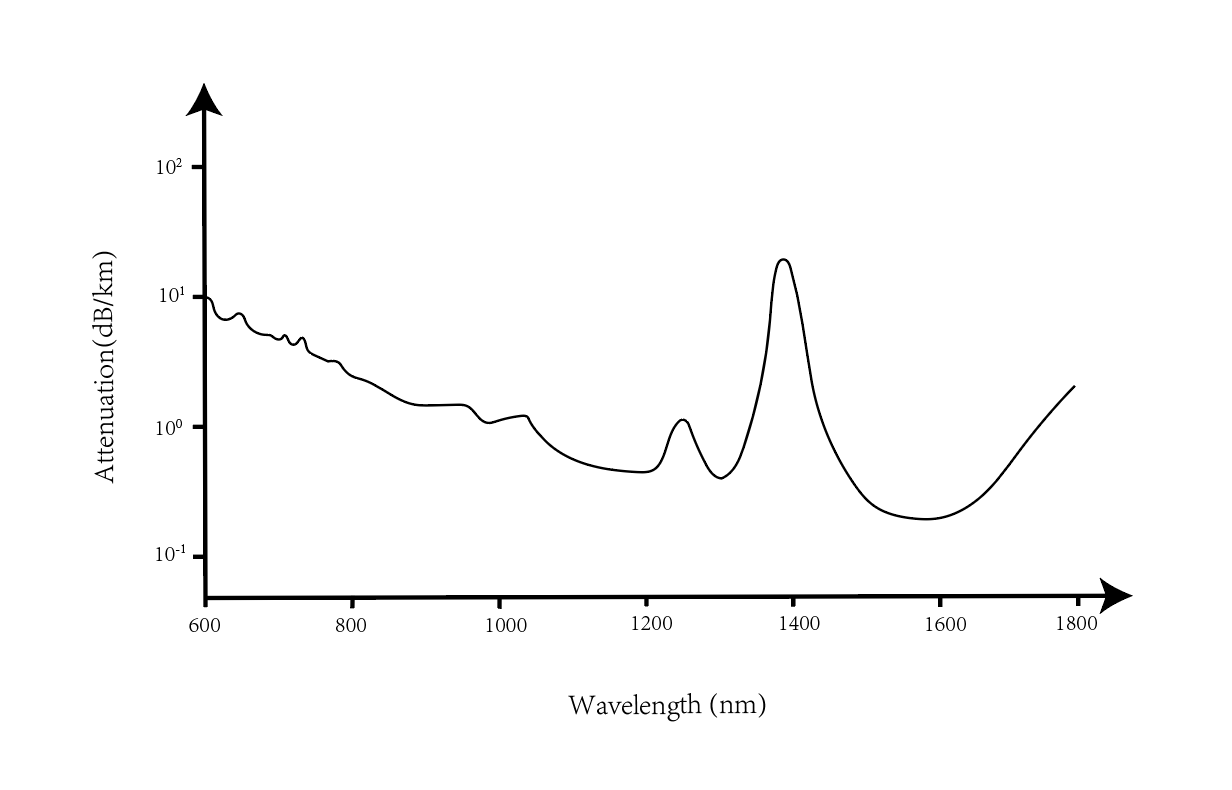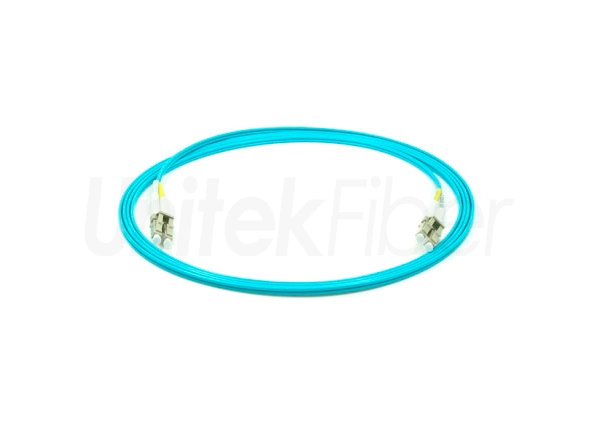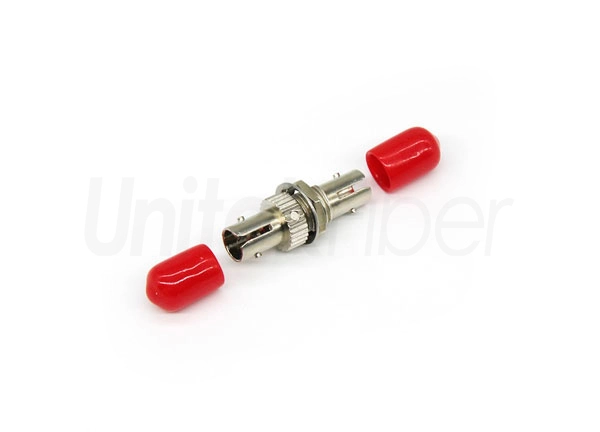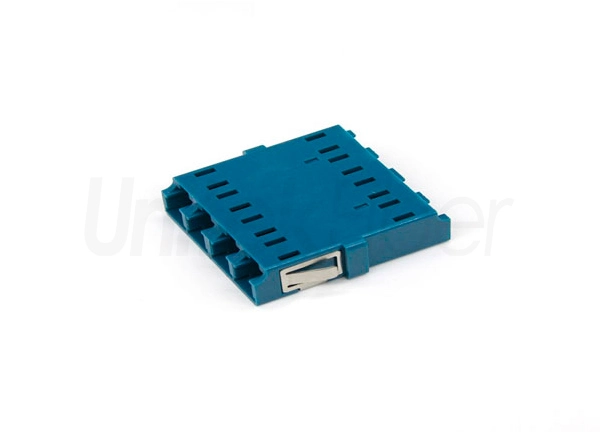
The attenuation or loss of light in a fiber optic cable varies depending on the wavelength, the type of fiber, and other factors. In general, the attenuation of light in an optical fiber is lower at the longer wavelength of 1550nm than at 1310nm.

This is because optical fibers have a lower absorption coefficient at 1550nm, which means that less light is absorbed by the fiber compared to 1310nm. The lower attenuation at 1550nm allows for longer transmission distances and higher bandwidth capacity in fiber optic communication systems.
For longer distances, it is generally advantageous to use higher wavelengths such as 1550nm for transmission, as the lower attenuation allows for signals to travel over greater distances. This is why 1550nm is commonly used in long-haul applications, where distances can span thousands of kilometers.
Additionally, optical amplifiers such as erbium-doped fiber amplifiers (EDFAs) are available for use in 1550nm wavelengths, which can boost the optical fiber signal without converting it to an electrical signal. This further enhances the advantages of using 1550nm wavelengths over 1310nm.
For longer distances, it is generally advantageous to use higher wavelengths such as 1550nm for transmission, as the lower attenuation allows for signals to travel over greater distances. This is why 1550nm is commonly used in long-haul applications, where distances can span thousands of kilometers.
It's important to consider all these factors when designing a fiber optic system by fiber optic supplier for long distance transmission to ensure optimal performance and reliability.



